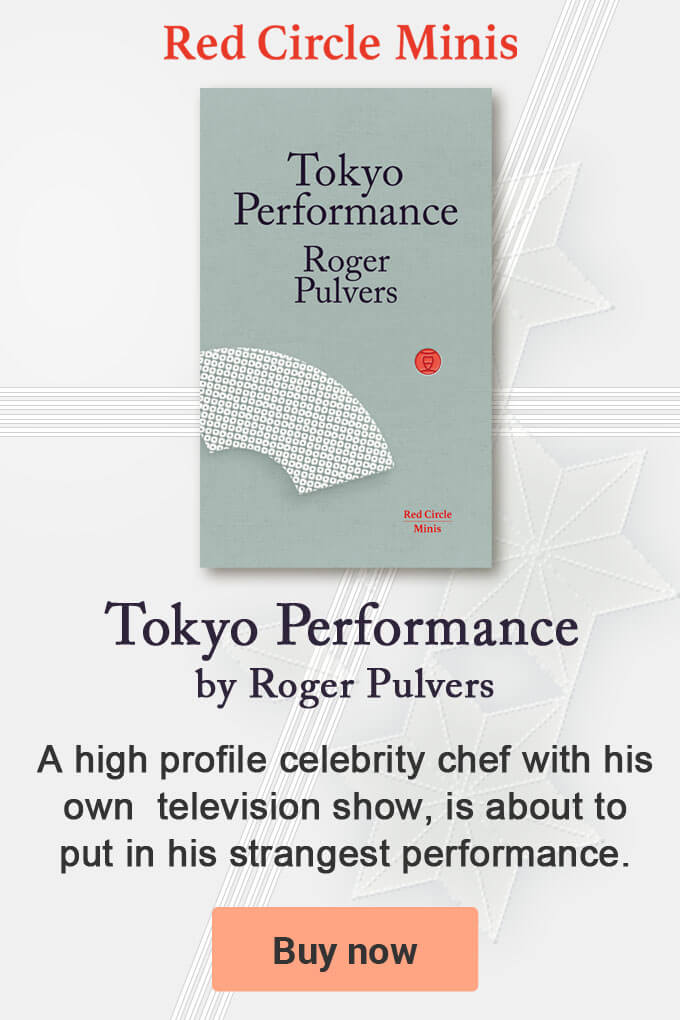- LGBT
Japan’s first magazine, and the first in Asia, dedicated to gay men, Barazoku, was launched in 1971[UPDATED: 1-22-2023]
Japan’s first commercial magazine targeting gay men was launched in 1971.
Barazoku, which is thought to have been Asia’s as well as Japan’s first commercial gay magazine, was not just sold in specialist bookshops and clubs. The magazine was distributed by the two major Japanese book and magazine distributors, Tohan and Nippan, making the magazine a national one and available in most major Japanese cities.
The magazine whose name is made up of two words rose, bara, and tribe, zoku,is no longer published in print, but during the 33 years when it was, Barazoku survived disapproval, legal injunctions, and numerous arrests of its founder and editor, Bungaku Ito, who was not himself gay.
Ito was an opportunistic publisher. Initially, he published a book on lesbianism titled Resubian Tekunikku, Lesbian Technique, the commercial success of which led him to publish a second book – Homo Technique, which contained some male nude photographs.
Both were authored by Masami Akiyama, according to Queer Japan from the Pacific War to the Internet Age by Mark J. McClelland.
Much of the Barazoku’s revenue came from classified and personal advertisements. The magazine was published bimonthly and was generally about 70-pages in length. In its early years the magazine followed the typical format of Japanese magazines with articles, short stories, advice, interviews, and news as well as its popular and important classifieds section.
Barazoku reportedly published anonymous work by some of Japan’s most famous poets and authors.
Despite the demise of the print magazine itself, the term Barazoku is still sometimes used in Japan today as a term for gay men and its use is considered either controversial or old-fashioned by some.
There is, however, also a website, which claims to be the official site of Barazoku, trying to keep the name alive for a new generation of readers.
Following Barazoku’s example a cluster of other similar themed magazines were launched in the 1970s such as Adon (1974) Sabu (1974) and The Ken (1978).

